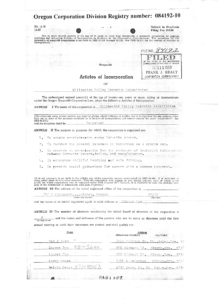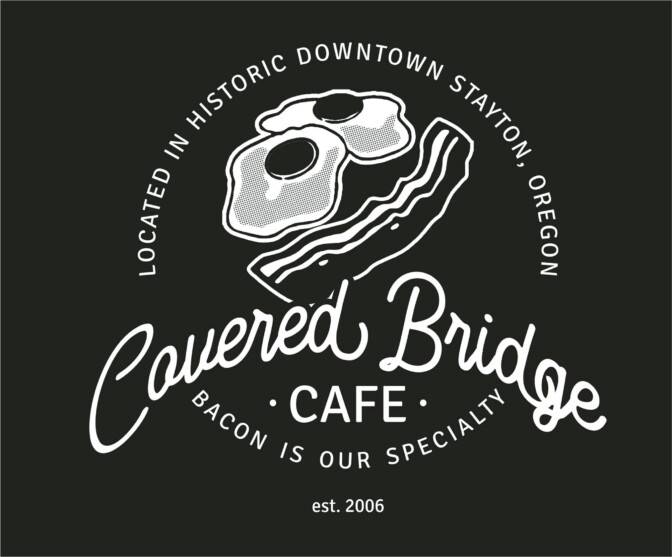WHY USE ROBERT’S RULES OF ORDER?
See at: https://robertsrules.com/
An Introduction for Meeting Chairs & Participants
“It is difficult to find another branch of knowledge where a small amount of study produces such great results in increased efficiency in a country where the people rule, as in parliamentary law.” – Henry M. Robert
A Brief Introduction to the Theory of Robert’s Rules Of Order:
The first step to understanding how to use Robert’s Rules of Order to run a meeting is understanding a little bit about why they are the way they are, which means a basic understanding of parliamentary law. Parliamentary law is a branch of common law that governs the proceedings of deliberative assemblies. Robert’s Rules of Order is a specific variant of parliamentary law that is both a theoretical basis and a ‘how-to’ guide for conducting business in democratically elected deliberative assemblies.
The theory underlying Robert’s Rules of Order is a balance between fundamental principles of parliamentary law. It balances these 3 fundamental principles:
- Protection of the rights of members, and those whom they represent.
- The requirement for a deliberative process of full and free discussion as a prerequisite to democratic decision-making.
- Protection against instability.
All common parliamentary procedures are structured to serve the balance of these principles against the need to make timely decisions. See below for some examples:
1. Protection of the rights of members and those whom they represent.
For example:
* All members represented by and serving on a deliberative assembly have the right for their views to be heard. This means:
i. Advanced notice of meetings and motions is provided.
ii. Agendas are created and circulated in advance.
iii. Minutes are taken, so that accurate recordings of member views exist.
* “Points” exist so members can ask questions that enable them to participate
more fully by using: (point of order, point of information, point of inquiry, etc.)
* Members who are absent have the right to attempt to have business reconsidered.
* Quorum requirements seek to ensure that a vocal minority cannot “take over” the business of an assembly.
2. Requirement for a deliberative process to have a full and free discussion is a prerequisite to democratic decision-making
For example:
- Every member is guaranteed at least one speaking turn.
- Only one member is allowed to speak at a time.
- Where needed, debate rotates between speakers for and speakers against.
- Limiting debate in any fashion, including calling the question, requires a 2/3
majority vote. - Consensus, or total agreement, is not required for a decision to be valid and binding. Those with strong views to the contrary need not feel like they must compromise their views to let the business of the organization go forward.
They are, however, expected to respect the will of the assembly once a decision is made, because they had a fair opportunity to convince the majority that they were right.
3. Protection against instability
For example:
* It is always harder to reverse a decision than it was to make it in the first place.
* The Chair is always right about procedure, unless her/his ruling is successfully overturned by a majority vote of the assembly.
* Quorum requirements seek to ensure that an assembly does not vary in composition from one meeting to the next to the point that decisions made by one group are habitually overturned by the second.
* Meeting minutes must be complete enough to provide a record of business that serve as institutional memory for the organization in subsequent years.
Why use rules at all?
There are several common myths about parliamentary rules that tempt assemblies into “just having meetings without rules.” Below, we discuss four common myths about why groups shouldn’t use parliamentary procedure, as a way of explaining why they should.
1. Using Robert’s Rules is inefficient. We should make decisions faster.
The fastest way to make decisions is to empower the President to do it, and let your organization be run by an annually elected dictator. That, however, is not a good idea.
Robert’s Rules of Order are actually quite efficient in the contexts of what kind of a process they’re intended to facilitate. They keep discussion focused on the decision that needs to be made, they encourage people to prepare in advance, and they ensure a balance between the speed of decisions and the openness of discussion. Open discussion helps an organization be more transparent and helps eliminate mistakes. It also lessens the chances of members becoming bitter with decisions with which they disagree because they can see how and why a decision was made, and they had the chance to participate themselves.
2. Robert’s Rules generates unnecessary paperwork.
Actually, Robert’s Rules generates necessary paperwork; namely, agendas and minutes. That paperwork creates institutional memory for the organization, and allows all members to participate in decision-making. It also creates a record that ensures that decisions are enforceable. Plus, using motions to make decisions makes it easier for people to understand the outcomes of discussions at which they were not present.
3. This particular section of Robert’s Rules doesn’t make any sense.
We should just get rid of it.
Parliamentary law has been evolving since the 1500s – with contributions from some of the greatest thinkers of our time. The rules make sense, even if they don’t make sense to you yet. Four hundred years’ worth of world leaders from Thomas Jefferson to Winston Churchill has been using Robert’s Rules or its predecessors. It might need some tweaking to work for your organization, but don’t undertake to rewrite the rules from scratch without understanding them first, or without the help of a distinguished statesman.
4. Robert’s Rules are too complicated.
Isn’t it simpler to just have a meeting without all this rules business?
Sometimes – maybe, but probably not for your group. Think of your assembly as if it is football team. A small group of people (5 to 10) getting together to play football probably don’t need rules. Then again, they probably don’t have enough people to play a proper game. A larger group of people (10 to more than 22) playing football needs enough rules so that everyone understands what’s going on. No one can cheat without other people noticing, and the chances of someone getting hurt are minimized. Your organization is the same way.
Decisions that are made by assembly members are at least as complex as the decisions made by a football team in the field and are just as likely to cause tempers to flare. You need rules so that everyone is on the same page about what’s going on and are equipped to participate effectively, so that no one can ‘cheat’ or pull the discussion off-track, and so people don’t get bullied or unfairly silenced. Meetings without rules are a recipe for chaos. And, that won’t simplify things or speed up the process one bit.
2 Henry M. Robert et al. Robert’s Rules of Order Newly Revised, 10th Edition (Cambridge: Da Capo Press, 2000),
Last revised 20121129











